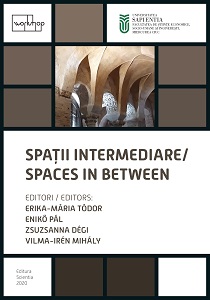DE LA UZUL LINGVISTIC SPRE NORMA LITERARĂ
FROM LINGUISTIC USE TO LITERARY NORM
Author(s): Violeta-Cristina Grefelian
Subject(s): Language studies, Language and Literature Studies
Published by: Scientia Kiadó
Keywords: norm; language; linguistic usage; speech; rules;
Summary/Abstract: The purpose of this article is to underline aspects which deal with linguistic usage and literary norm, namely the language itself, trying to convey an overall view on language (evolution). So, the effort to define the concept of “language” and “speech” or “language norms” represents only a few fundamental aspects which we particularly analysed in-depth in order to reveal data regarding the roots which represent the basis of our language structure. Therefore, for this purpose, we took into account Humboldt’s statement on written and spoken language but also Coseriu’s, Ferrer’s, Philippide’s, and Al. Gafton’s theories on norm.Regardless of whether we speak about the vivid display of an individual, social activity, or real behaviour, language is normed. What we want to say is that, most of the time, the individual is limited in the way he expresses himself as he is subjected to a well-bounded system of rules, simply called: norm. According to Coseriu’s conception, there are two types of norm: linguistic norm (shows how it is said) and literary norm (shows how it should be said). Furthermore, Al. Gafton points out that the main concern of norms is to avoid aleatory spoken immersion, discontinuity, and lack of coherence.A language is a historical being, meaning it has its own historical life: a beginning, an ongoing process, and an end.
Book: SPAŢII INTERMEDIARE / SPACES IN BETWEEN
- Page Range: 55-74
- Page Count: 20
- Publication Year: 2020
- Language: Romanian
- Content File-PDF

